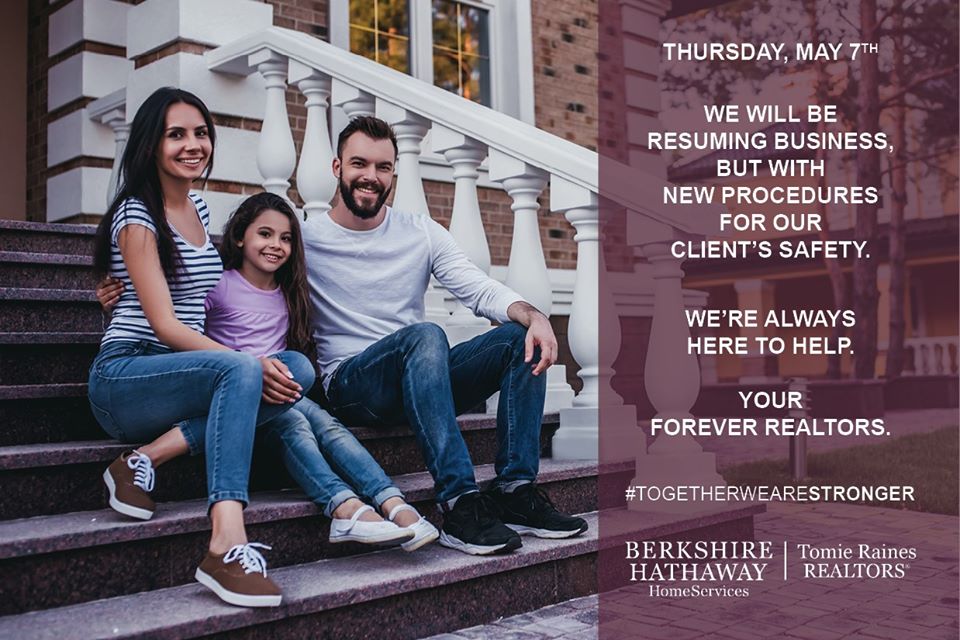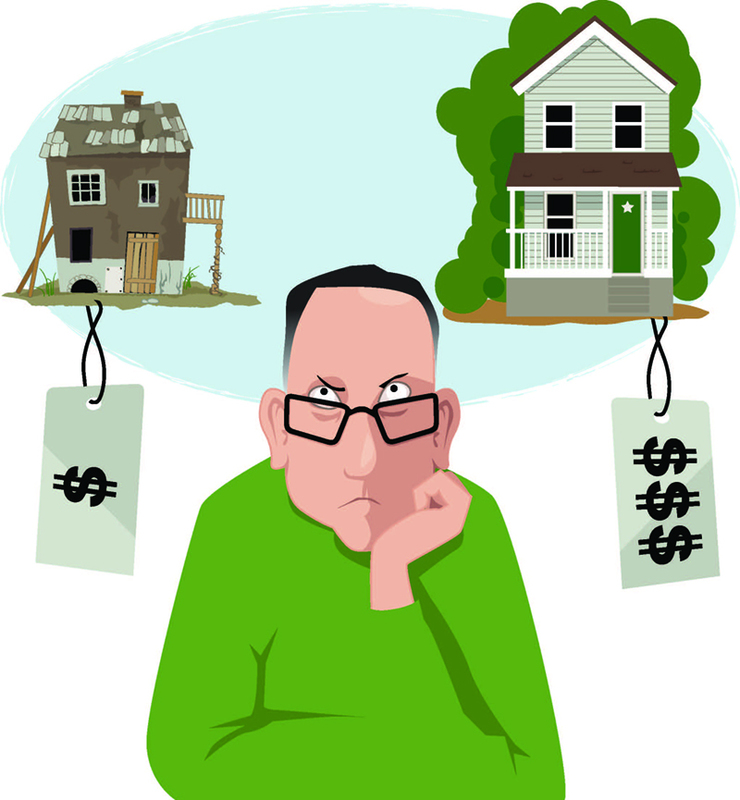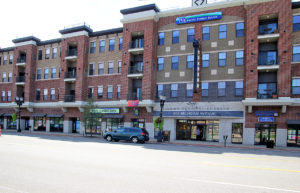Who would have thought that offering $35,000 over the asking price for a home listed at $215,000 would not be enough? Yet, buyers competing with multiple offers are finding that their excessively high offer might be beaten by someone willing to pay more.
Homes are selling fast
If you live in a neighborhood where a home has recently been listed, you may notice a great deal of traffic for a few days…then nothing. This means that buyers had a limited time to view and present their offers. Then the listing agent presents all offers, often between 6 to as many as 16, for the seller’s consideration. Once a selection is made, showings are generally closed. This is the current state of real estate sales!
Multiple Offers are Common
Limited inventory has increased the price buyers are willing to pay because low mortgage rates have given buyers the purchasing power to offer more than the asking price. Buyers who have been shopping for the past nine months have become used to offering a good deal more than asking price if they hope to close on a home in this competitive market where multiple offers have become a standard.
Appraisal Guarantee
Whenever a mortgage is involved, the lender will require an appraisal of the home’s true market value. No matter how much a buyer has been approved to borrow, lenders will likely be unwilling to finance a loan for more than the home is worth.
The latest buyer strategy is to agree to make up, with cash, any difference between the offer amount and what the lender will contribute. This practice favors buyers with large down payments or deep pockets. Those who can afford only loan programs offering minimal down payments are usually unable to compete with offers containing and appraisal guarantee.
Inflated List Prices
The housing shortage, along with buyer willingness to offer inflated prices, is driving seller expectations upward. We have begun to see homes listed for as much as 10% over market value, regardless of the properties condition, in neighborhoods that do not support the asking price. An interested buyer may have to consider paying top dollar for a property that does not quite fit their needs and may require serious updating.
Don’t Panic
Buyers need to be patient during their home search. More homes will soon become available as the weather warms and we enter the spring selling market. It may take time to find a home you love. Once you do, be prepared to move forward quickly.






